Three-Dimentional Laser Writing of Mid-Infrared Waveguides Circuits in Lithium Niobate Crystal
Departamento/Instituto
Universitat Rovira i Virgili. Departament d'Enginyeria Química
Resumen
Lithium Niobate (LiNbO3) is a well-known dielectric material with extensive characteristics: excellent electro-optic, piezo-electrical, piezo-optic, and non-linear optical properties, and a broad transparency from the visible to the mid-infrared range. Three-dimensional ultrafast Laser-Written (3DLW) depressed-index cladding waveguides (CLWs) in LiNbO3 have offered potential applications in mid-infrared integrated photonic active devices. However, development of mid-infrared LiNbO3- CLWs has met a serious bottleneck. The fundamental problem is related to the high complexity of laser-written structures which originates from the anisotropy of the material and the stress-induced effects. For this reason, low-loss single-mode midinfrared guiding for both orthogonal polarisations has not yet been achieved. All reported mid-infrared LiNbO3-CLWs have been limited to propagation losses of ~3 dB/cm, which is far from the value for practical uses. In this Thesis, the complex midinfrared refractive index (RI) profiles of LiNbO3-CLWs microstructured under various 3DLW conditions are reported for the first time. The RI profiles were evaluated by a comprehensive finite element method based simulation model along with a heuristic mode-matching approach. The extracted index profiles allow for the first time to design high performance LiNbO3-devices using CLW circuit architectures. CLWs were fabricated in transversal writing geometry and under two thermal accumulation regimes: the low-repetition rate (1 kHz) and the critical-repetition rate regime (100 KHz). Singlemode guiding for both polarised lights with low propagation of 0.5 dB/cm has been achieved for the first time to our knowledge. Both straight and s-bend structures were successfully implemented. Simple functional devices such as beam splitters were designed, demonstrating that straightforward on-chip applications in mid-infrared light generation (i.e. using PPLN) and mid-infrared sensing (i.e. using Mach-Zehnder interferometers) are now feasible. Lastly, a novel 3DLW approach was developed using the longitudinal laser writing scheme, which has certain advantages over the transversal scheme, due to the cylindrical symmetry of the modification profiles.
Palabras clave
Mid-infrared applications; Ultrafast laser fabrication; LiNbO3 cladding waveguid
Materias
51 - Matemáticas; 53 - Física; 54 - Química
Área de conocimiento
Ciències
Derechos
ADVERTIMENT. L'accés als continguts d'aquesta tesi doctoral i la seva utilització ha de respectar els drets de la persona autora. Pot ser utilitzada per a consulta o estudi personal, així com en activitats o materials d'investigació i docència en els termes establerts a l'art. 32 del Text Refós de la Llei de Propietat Intel·lectual (RDL 1/1996). Per altres utilitzacions es requereix l'autorització prèvia i expressa de la persona autora. En qualsevol cas, en la utilització dels seus continguts caldrà indicar de forma clara el nom i cognoms de la persona autora i el títol de la tesi doctoral. No s'autoritza la seva reproducció o altres formes d'explotació efectuades amb finalitats de lucre ni la seva comunicació pública des d'un lloc aliè al servei TDX. Tampoc s'autoritza la presentació del seu contingut en una finestra o marc aliè a TDX (framing). Aquesta reserva de drets afecta tant als continguts de la tesi com als seus resums i índexs.
